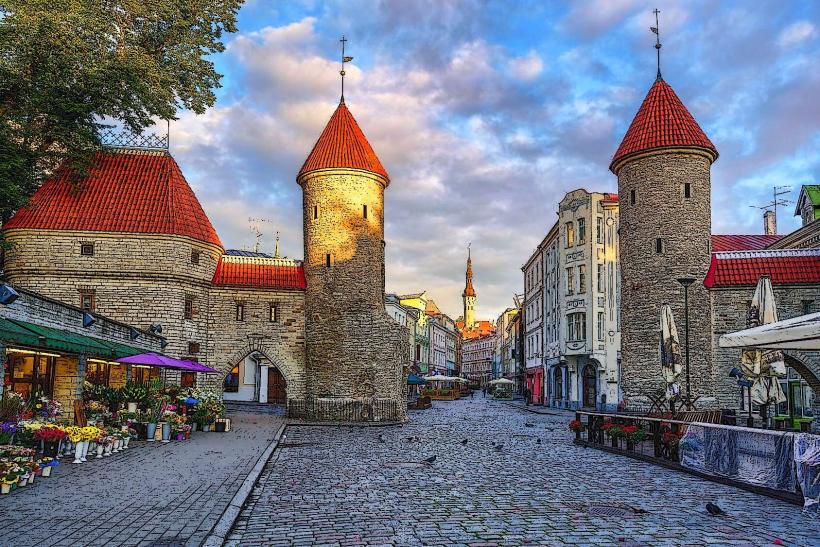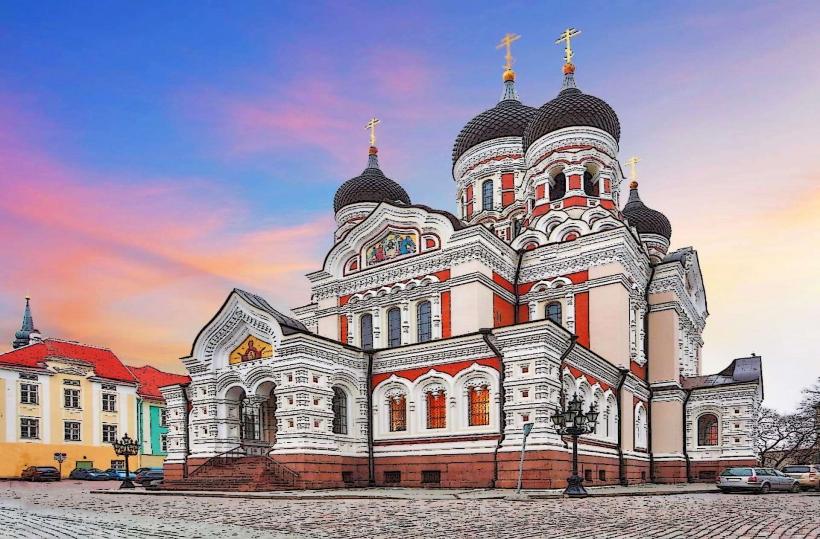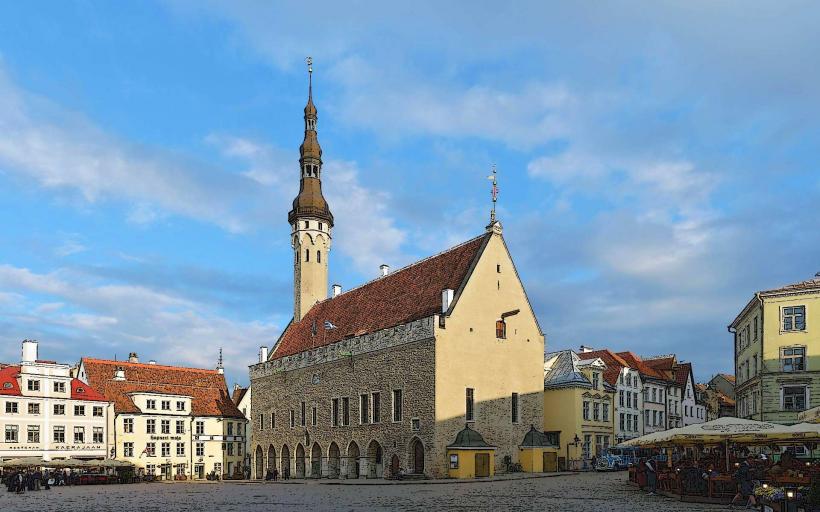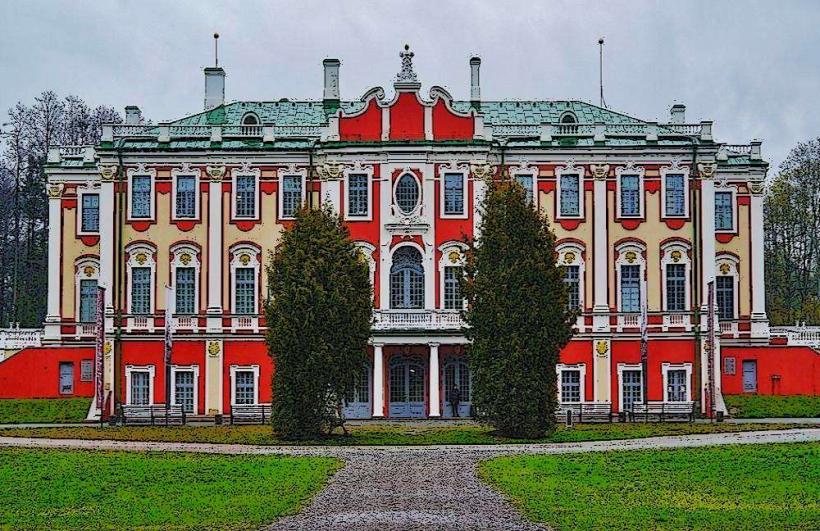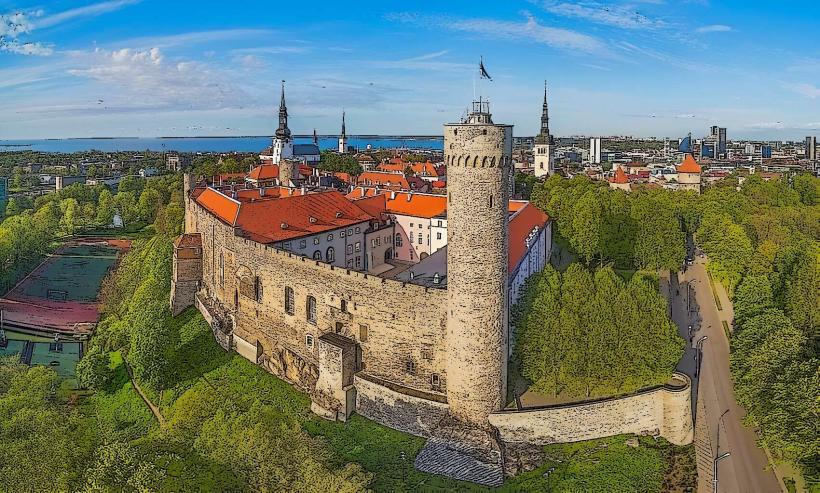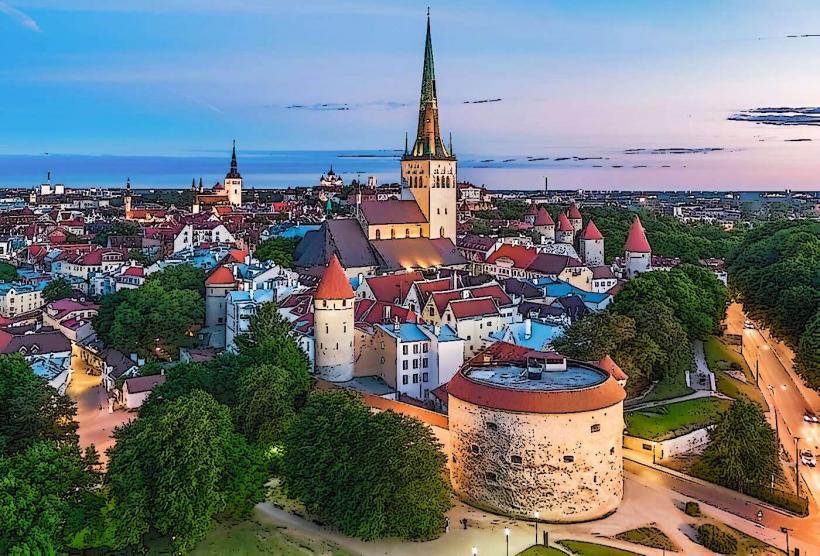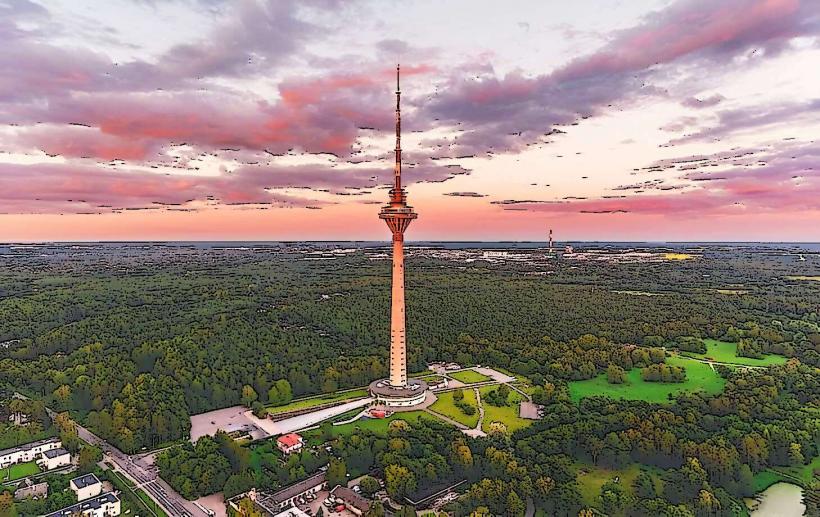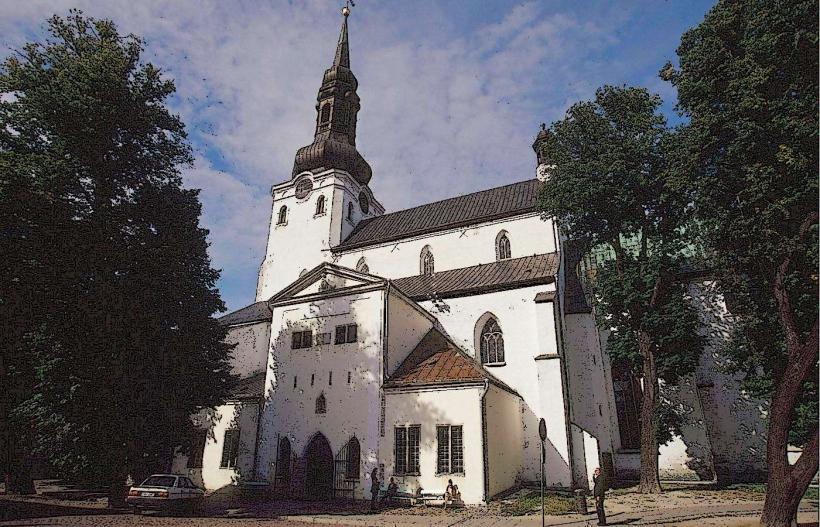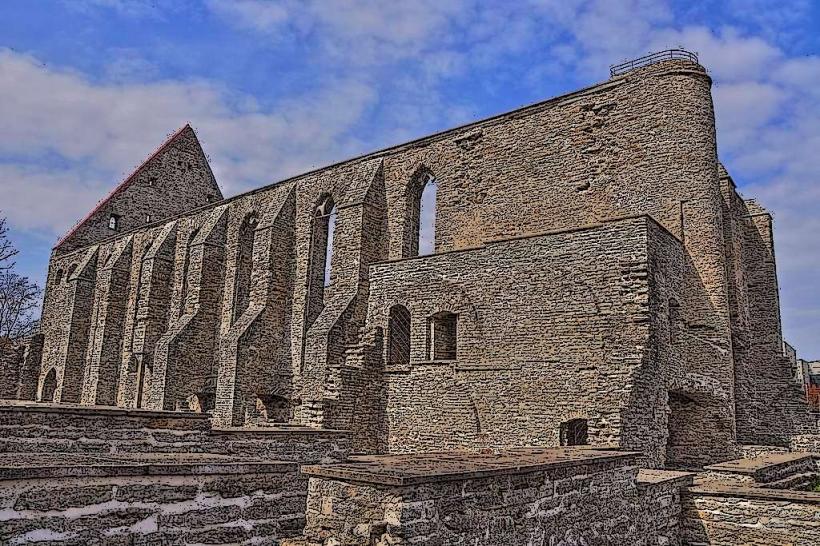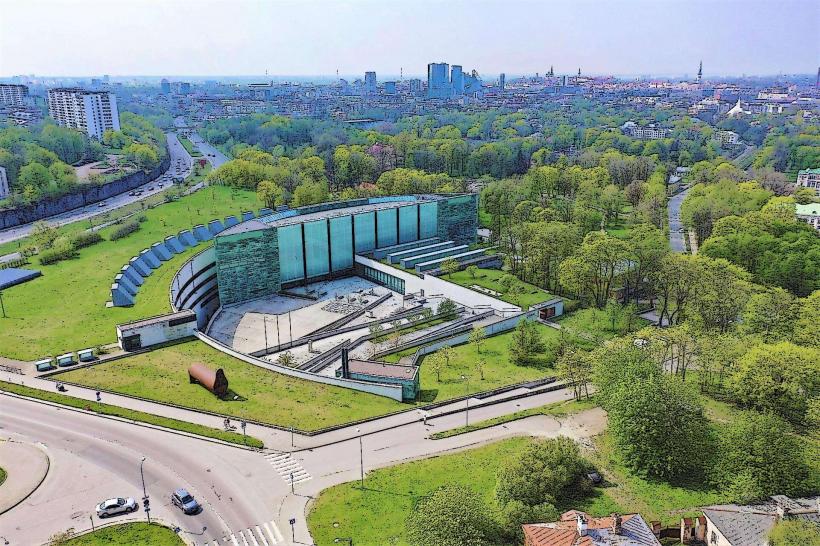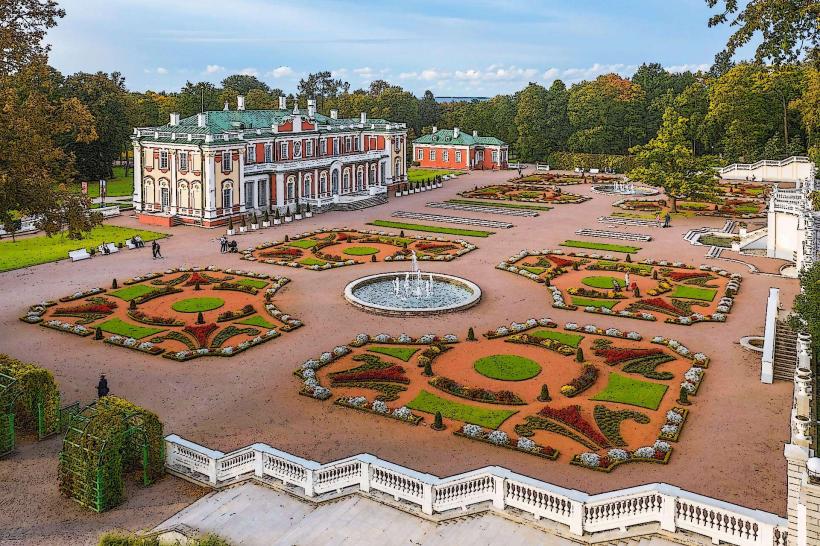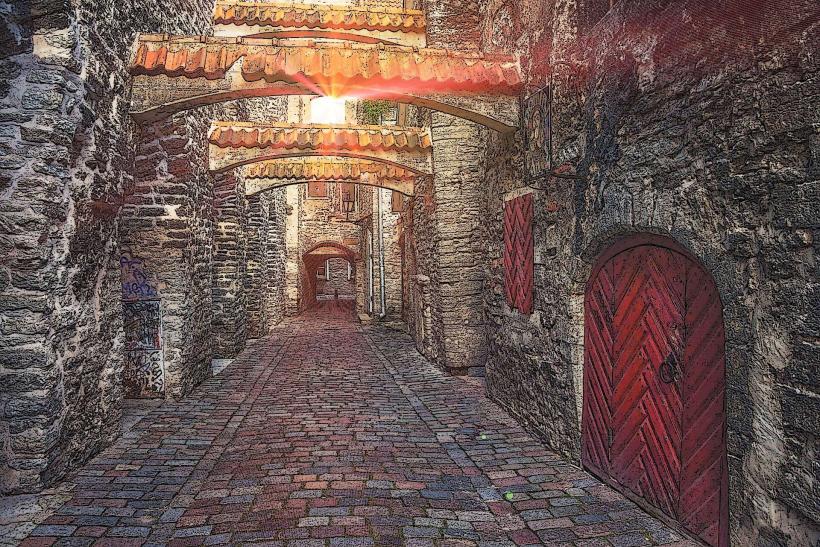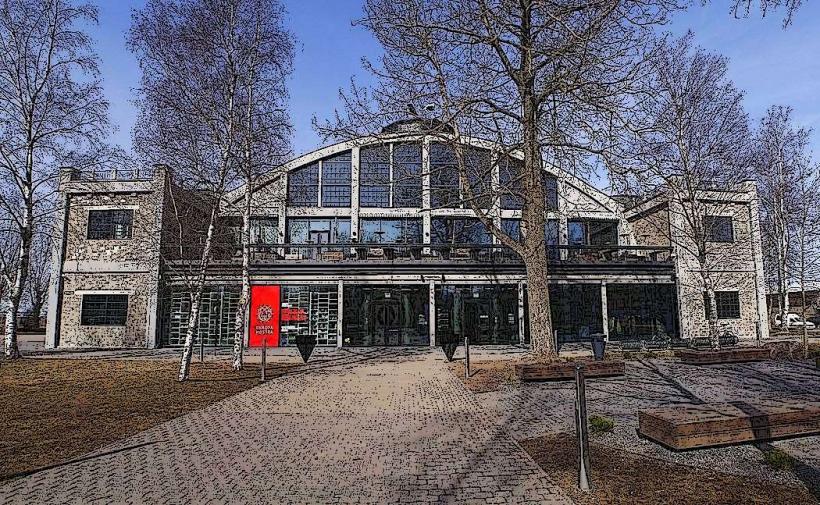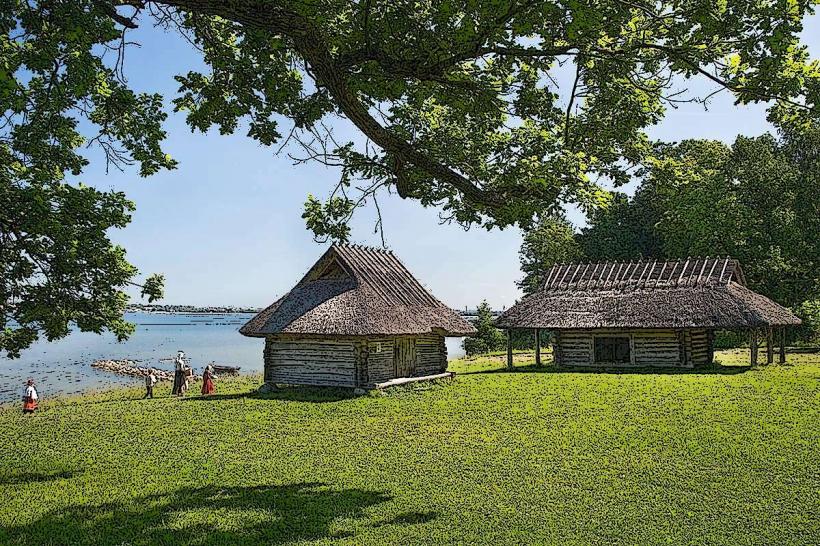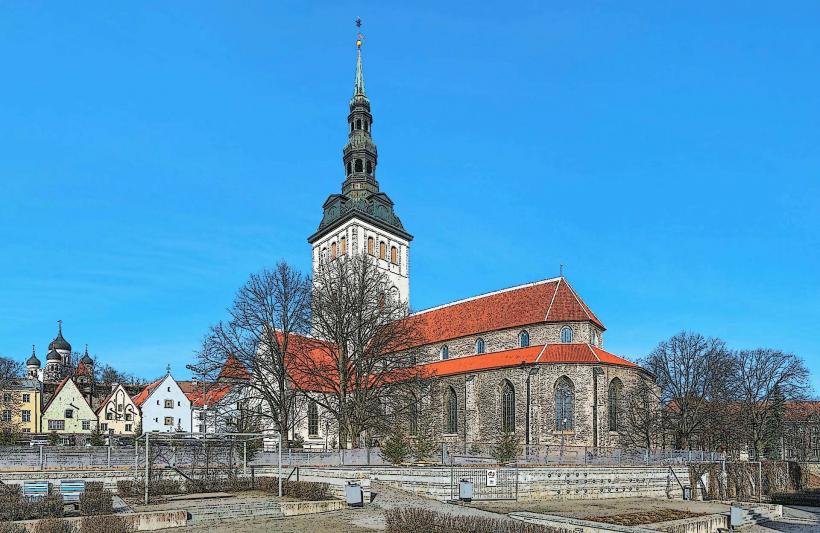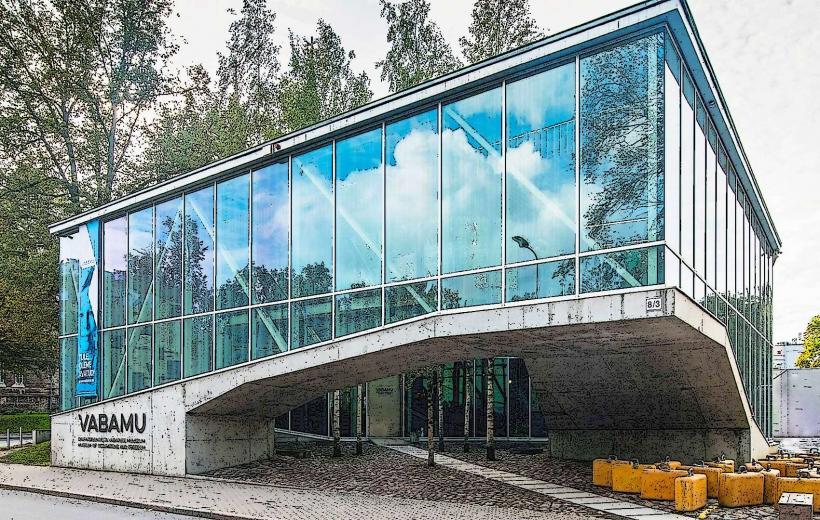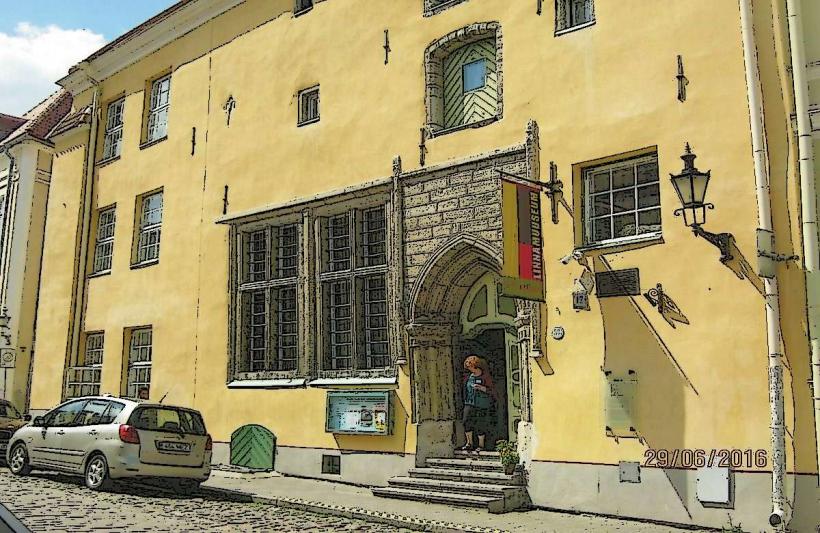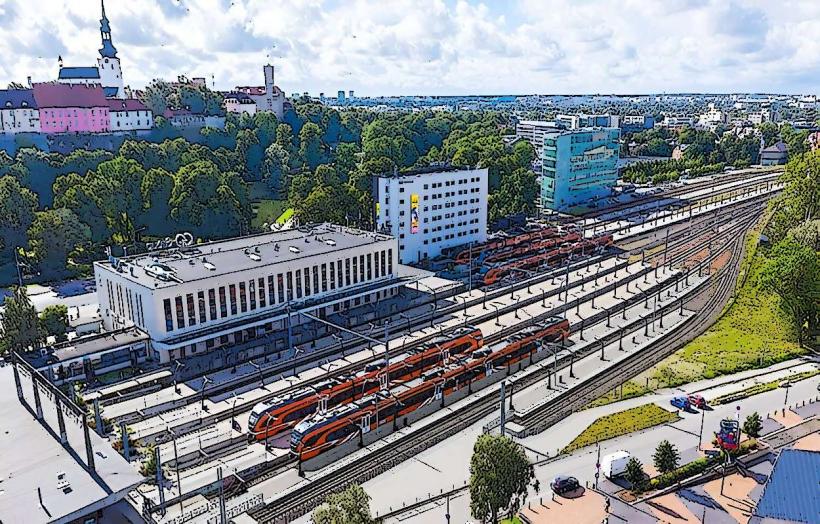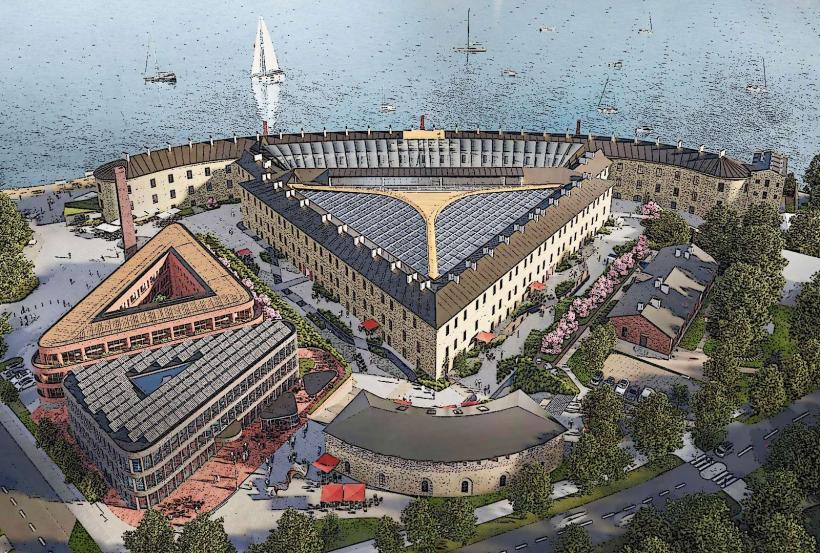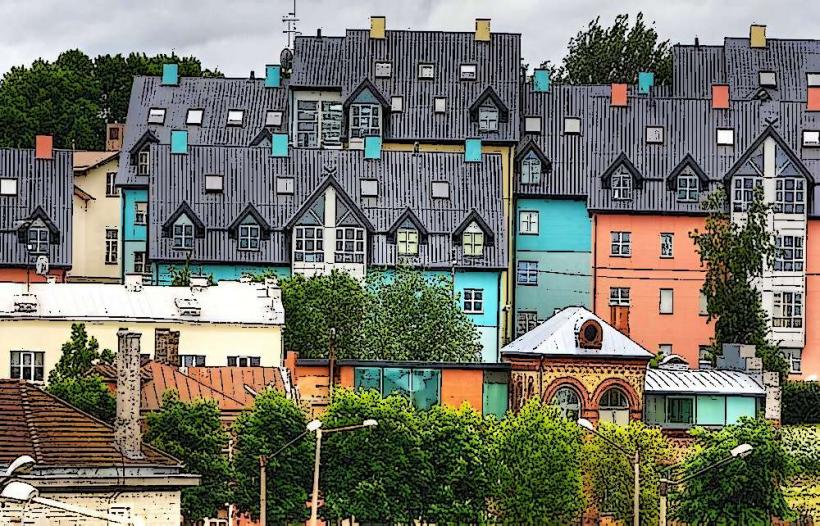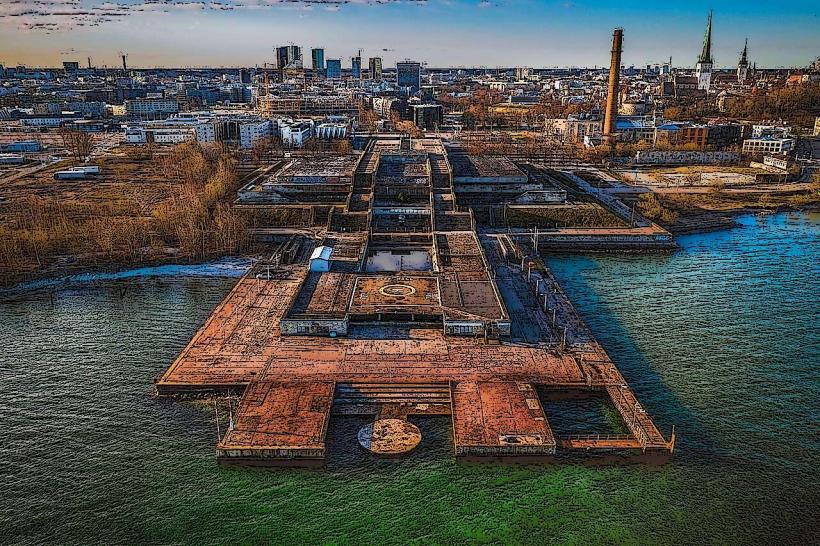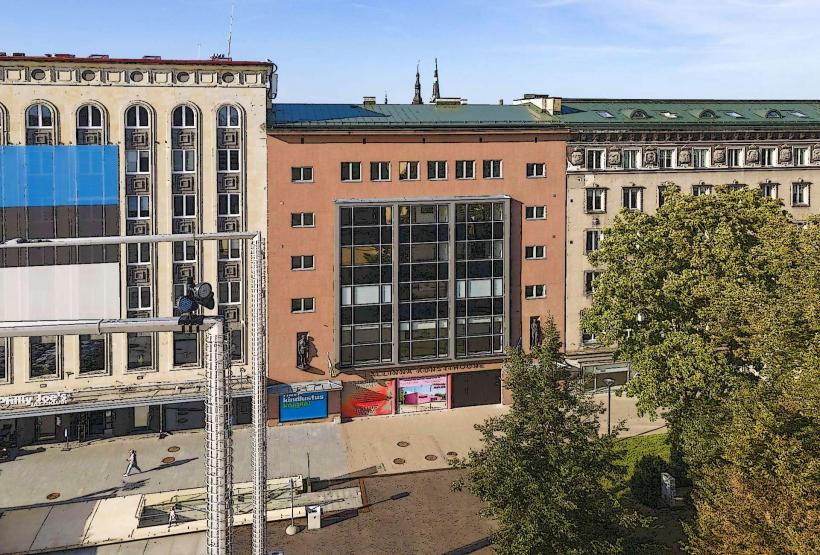Information
Landmark: Tallinn Song Festival GroundsCity: Tallinn
Country: Estonia
Continent: Europe
The Tallinn Song Festival Grounds (Tallinna Lauluväljak) are one of the most iconic landmarks in Tallinn, Estonia. Located on the shores of Lake Ülemiste, the Song Festival Grounds are famous for their massive outdoor stage and for being the site of the Estonian Song Festival, a unique and historically significant event that showcases the importance of music, culture, and national identity in Estonia. The grounds have become a symbol of Estonian pride and independence, and they continue to play a central role in the country's cultural life. Here's a detailed overview of the Tallinn Song Festival Grounds:
Historical Background
Early History and Establishment:
- The Song Festival Grounds were established in 1959, but the idea of creating a dedicated space for large public performances dates back earlier, to the first Song Festival in 1869. The Song Festival (or Laulupidu) itself, which has taken place every five years since its inception, is one of the largest amateur choral events in the world, featuring thousands of singers from across Estonia.
- The grounds were designed to accommodate this massive event and provide a permanent venue for large-scale performances and gatherings. The original Song Festival Grounds were located in the Kadriorg area, but due to the growing number of participants and spectators, a more expansive location was sought.
- The current grounds were chosen for their central location and natural beauty, offering ample space for crowds and a picturesque backdrop near Lake Ülemiste.
Song Festival and National Identity:
- The Song Festival itself has been an essential part of Estonian cultural and national identity for over a century. It played a central role in the Estonian National Awakening in the 19th century and was particularly important during the Soviet era. The event became a symbol of resistance against Soviet occupation, as it provided an opportunity for Estonians to express their culture and national pride, often through patriotic songs.
- During the Singing Revolution of the late 1980s, the Song Festival Grounds were a focal point for peaceful protests and demonstrations calling for Estonian independence. The festival’s tradition of collective singing became a powerful form of cultural resistance.
Modern Era:
- Today, the Song Festival Grounds are still the primary location for the Estonian Song Festival, held every five years, and they continue to host cultural events, including concerts, festivals, and celebrations. It has become a symbol of Estonian unity, freedom, and identity, as well as a major venue for promoting the country’s rich musical heritage.
- The Song Festival Grounds have also hosted various international events, bringing attention to Estonia’s cultural significance on the global stage.
Architectural Features and Layout
The Song Festival Stage:
- The most iconic feature of the grounds is its massive open-air stage, which can accommodate thousands of performers. The stage itself is a semi-circular structure, designed to enhance acoustics and visibility for both the audience and the performers.
- The stage is framed by the auditorium, where tens of thousands of people can gather to watch performances. The vast seating area, along with the surrounding natural landscape, creates a unique atmosphere for both performers and attendees.
The Choir Seating Area:
- One of the distinctive aspects of the Song Festival Grounds is the layout for the choirs, who are seated in a circular formation facing the stage. This layout allows for a dramatic visual presentation and fosters a sense of unity among the performers.
- Choral music is central to the Song Festival, with singers coming together from various parts of the country to participate in the event, forming an unforgettable musical experience.
Surrounding Landscape:
- The Song Festival Grounds are set in a park-like setting, with expansive lawns and natural areas that provide a scenic backdrop for events. Lake Ülemiste, with its calm waters and peaceful atmosphere, is located nearby, adding to the beauty and tranquility of the venue.
- The surrounding forest areas and open spaces make it an ideal location for large-scale events while also allowing visitors to relax and enjoy the natural environment.
Memorials and Monuments:
- The grounds are also home to a memorial dedicated to the Estonian Song Festival, as well as statues and plaques that commemorate important figures in Estonian music and culture. These serve as a reminder of the historical importance of the Song Festival and its role in the country’s identity.
- A statue of Carl Robert Jakobson, a key figure in the Estonian National Awakening, is one of the important monuments at the grounds. Jakobson was an advocate for the Estonian language and culture, and his legacy is central to the nation’s sense of identity.
Cultural Significance
Estonian Song Festival:
- The Estonian Song Festival (Laulupidu) is a key event at the Song Festival Grounds and one of the largest choral events in the world. The festival has been held every five years since 1869 and attracts thousands of singers and musicians from across Estonia.
- The festival is a celebration of Estonian music, featuring large-scale performances by choirs, orchestras, and solo artists, performing both traditional and contemporary songs. The event also incorporates Estonian folk music, classical pieces, and modern compositions.
- The Song Festival has a deep connection to Estonian identity and national pride, with the event often becoming a platform for cultural expression and political activism.
Cultural Impact:
- The Song Festival Grounds and the Song Festival itself have become an integral part of Estonian culture. The event has united the Estonian people in ways that few other cultural traditions have, providing a powerful space for shared expression.
- During the Singing Revolution of the 1980s, the Song Festival Grounds were a site of protest against Soviet rule, as large groups of Estonians gathered to sing patriotic songs that called for independence. The festival became a symbol of resistance, highlighting the power of music as a tool for political change.
Music and National Identity:
- The Song Festival Grounds are not just about music—they are about Estonian identity. The festival is a celebration of the country’s language, culture, and history. The power of collective singing has become a national tradition, and the event continues to reinforce the importance of the Estonian language and culture in modern Estonia.
- The festival’s tradition of collective singing is deeply ingrained in Estonian culture, and it continues to be a key part of the national consciousness. Music, as a communal activity, plays a significant role in shaping the Estonian identity.
Modern Use and Events
Annual Events:
- In addition to the Song Festival, the grounds host a variety of cultural events, including music festivals, performing arts shows, and public celebrations. These events often draw large crowds from across Estonia and abroad.
- The grounds are also used for sporting events, such as runway shows, fitness events, and even open-air cinema.
Symbol of Estonian Independence:
- The Song Festival Grounds have remained a symbol of Estonian independence, and they continue to serve as the site for major national celebrations, such as Independence Day and Victory Day.
- The grounds also serve as a venue for educational activities, including music workshops, choral rehearsals, and public lectures on Estonian history and culture.
Visitor Experience:
- The Song Festival Grounds are open to visitors year-round, and the space is available for tours and events. Visitors can explore the history of the Song Festival, learn about Estonian music, and enjoy the beautiful natural surroundings.
- During the Song Festival itself, the grounds become an incredible spectacle with thousands of performers and spectators, creating a unique atmosphere of celebration and unity.
Why Visit the Tallinn Song Festival Grounds?
Cultural Heritage: The Song Festival Grounds are a symbol of Estonian identity and freedom, offering visitors a chance to explore the deep cultural significance of the Song Festival and Estonia’s musical heritage.
Stunning Location: The Song Festival Grounds offer a beautiful setting near Lake Ülemiste and are surrounded by nature, providing visitors with a serene and scenic place to enjoy performances or relax.
Iconic Music Festival: The Estonian Song Festival is a once-in-a-lifetime experience for many visitors, offering a powerful connection to Estonian culture and national pride.
Historical Significance: The grounds are also an important historical site, especially for those interested in the Singing Revolution and Estonia’s peaceful path to independence.
Unique Venue for Events: Beyond the Song Festival, the grounds host a variety of other events, offering something for every visitor, from concerts to festivals, to cultural and educational activities.
In summary, the Tallinn Song Festival Grounds are a powerful symbol of Estonian identity, music, and freedom. They continue to serve as a vital space for cultural expression and national unity, playing a key role in both the history and modern life of Estonia. Whether visiting for the Song Festival, attending an event, or simply enjoying the scenic location, the Song Festival Grounds offer a profound and memorable experience.

